How To Prevent Your Crochet Patterns From Being Stolen
Introduction
Protecting your patterns from theft is no easy task. By following any designers or creators on social media, you know that having your patterns and other intellectual property stolen is a big problem in the crafting and design world. It’s not specific to crochet. Artists of all kinds are having their original designs stolen from their websites and resold on other websites without permission. I’m not just talking about lifting the picture and changing a few words. In some cases it’s a full “copy and paste” job which is absolutely (in my opinion) disgusting.
DISCLOSURE: This post contains affiliate links, meaning if you click on a product or service, and decide to purchase it, I may receive a commission at no extra cost to you. All recommended products and services are based on my experience with them. For more information, please read my Disclaimer.
I feel strongly about this topic as I have been seeing an increase in stolen intellectual property on social media. Further, content theft has been happening for a while but, most importantly, social media shows us how often it truly happens. It’s one of the reasons why I hesitate to put some of my current designs up for sale or even share them for that matter. Designers and creators WANT to share what they create with others, but the ongoing theft is discouraging. These harmful actions can hurt independent designer sales, and discourage both new and seasoned designers to hold back on sharing their wonderful creations.
Not A Scare Tactic
This post is not meant to alarm you. It’s being written to highlight the current problem creators are facing and inform others on how we can prevent our creations from being stolen. Moreover, this post is to provide information on how to be part of a supportive community. If we see intellectual property being used in a way that is inappropriate or in violation of copyright laws, we can do something about it.
What Is Pattern Theft?
Pattern theft can have multiple definitions. Here are some examples of what pattern theft may look like:
- Pattern theft is the copying and distribution of patterns without permission from the creator of the pattern
- It can include taking someone else’s design and claiming it as your own
- Taking someone else’s paid content and sharing it for free
However, it is important to note that some designers share their patterns for others to make and sell the finished product (not to sell the instructions themselves). Similarly, this is often allowed in the crochet world. Most designers will indicate specific rules of use for customers. Taking the instructions and sharing them as your own is, without a doubt, a form of theft.
Meanwhile, reading this far may have you thinking, “so how can I prevent this from happening” right? Here are some ideas to think about. Review all of the options available to you where you live (town, state, country, etc) on how to properly protect your intellectual property in your region.
Use Legal Protection
Copyright Your Work
According to US Copyright Law, “Copyright is a type of intellectual property that protects original works of authorship as soon as an author fixes the work in a tangible form of expression.”
For example, you design and create an original crochet pattern with step by step photos as well as written instructions. This “work” (photos and instructions, etc) is protected under copyright law as soon as it is “fixed”. “Fixed” could mean writing on a blog, taking a photograph, etc (basically turning your work into something perceptible by touch).
In most countries, your pattern is protected the moment it’s written down, but always be sure to check with and abide by your country’s laws and limitations to protect your intellectual property.
In the U.S, an individual or company can register with the copyright office for added protection.
Include a Copyright Notice
- Be sure to include a copyright notice on your work for example:
- © [Year] [Your Name]. All rights reserved.
- Placing this in all PDF downloads, blog posts, pattern descriptions and any other work originally created by you.
Create Clear Terms of Use
Be clear to readers and customers when posting pictures, patterns, and other original works letting them know what they can and can’t do with your work. For example, adding “You may sell finished items, but please credit [Your Name]. Pattern may not be shared, copied, or redistributed.”
Watermark Your Images
Watermarks are a great way to deter theft. Be sure to add your watermark to any step by step images, patterns, photos, etc that you create yourself.
Some tools (paid and free) for adding watermarks easily include (but are not limited to):
- Canva
- Lightroom
- Snapseed
- Photomarks
- Visual Watermarks
- uMark
- Arclab Watermark Studio
- iWatermark Pro
Especially to the most determined thieves, watermarks won’t stop theft entirely. Fortunately, watermarks can discourage typical misuse and help others trace the work back to you. There are lots of watermark software options out there, so be sure to do your homework on each one you are considering before use.
RELATED: How To Crochet While Traveling
Avoid Sharing Full Patterns on Social Media
Help prevent theft by NOT sharing full instructions on social media. Snippets, sneak peeks, teasers are all great ways to market your paid products without giving them away.
Oversharing can unintentionally lead to theft or misuse as well. Just think about it. If you have a product you want to sell to others, you create some marketing information for social media etc. If all of that marketing information (when put together) spells out your pattern, you can bet a potential thief will see this as an opportunity, combine it all, and try to market it as their own.
Use PDF Patterns and Limit Copy-Paste
Using PDF patterns instead of just plain text can help with deterring copy and paste tactics. PDF isn’t convenient for everything, but you can certainly use it when it is an option.
Depending on your technology skill level, bits of HTML code can be incorporated into your blog to deter copy pasting and right clicking on blog content. It’s NOT foolproof, but it can help if you want to create another hurdle for potential thieves. If you use a blogging platform, like WordPress, there are plugins you can use on your blog to deter theft.
Research the platforms that you use to sell your products. Some have added layers of protection that can help prevent theft as well. Check your current shop platform for their offered methods of protection.
Monitor for Infringement
Here are some examples of ways to monitor your content on your own:
- Set Up Google Alerts
- Go to Google Alerts at https://www.google.com/alerts
- Enter your keywords, brand name, company name, quotes or exact phrases, etc
- It also allows you to exclude terms too
- Consider misspellings
- Use Image Search Tools
- Reverse image searching with Google Images or TinEye
Know How to Respond to Theft
- Always be professional when contacting someone who’s re-posted your pattern without permission
- DCMA has a “Takedown Notice Generator” that can assist you in your communications with another party.
- Research ways to report posts on popular websites (Etsy, Pinterest, Instagram, etc.)
Build a Supportive Community
- Encourage others (your followers, customers, etc) to report stolen patterns and info when they see them
- If you follow others and notice someone is using their intellectual property inappropriately, report it to the platform you see the infringement happening (include photos if possible) and/or report it to the creator so they are aware of the situation.
- Use special branded hashtags so fans, readers, and customers can tag you in their projects using your patterns.
RELATED: Men Who Crochet
Conclusion
Just repeating myself here again for just a second…..
This post is not meant to alarm you. It’s being written to highlight the current problem creators are facing and inform others on how we can prevent our creations from being stolen. Moreover, this post is to provide information on how to be part of a supportive community. If we see intellectual property being used in a way that is inappropriate or in violation of copyright laws, we can do something about it.
Again, this post is not to deter people from creativity and sharing their work. Stay creative! We need you in this world to share your designs and be confident in the quality of product you create!
“Have you ever had your work stolen? How do you protect your patterns?” Let us know in the comments section and be sure to bookmark or save this post for future reference!
Helpful Resource Links
5 Of the best wordpress plugins to disable copy and paste by Prevent Direct Access
WP Content Copy Protection & No Right Click (WordPress Plugin)
How to disable text selection with CSS by DEV
3 Steps to disable right click on webpage and images from ScholarHat
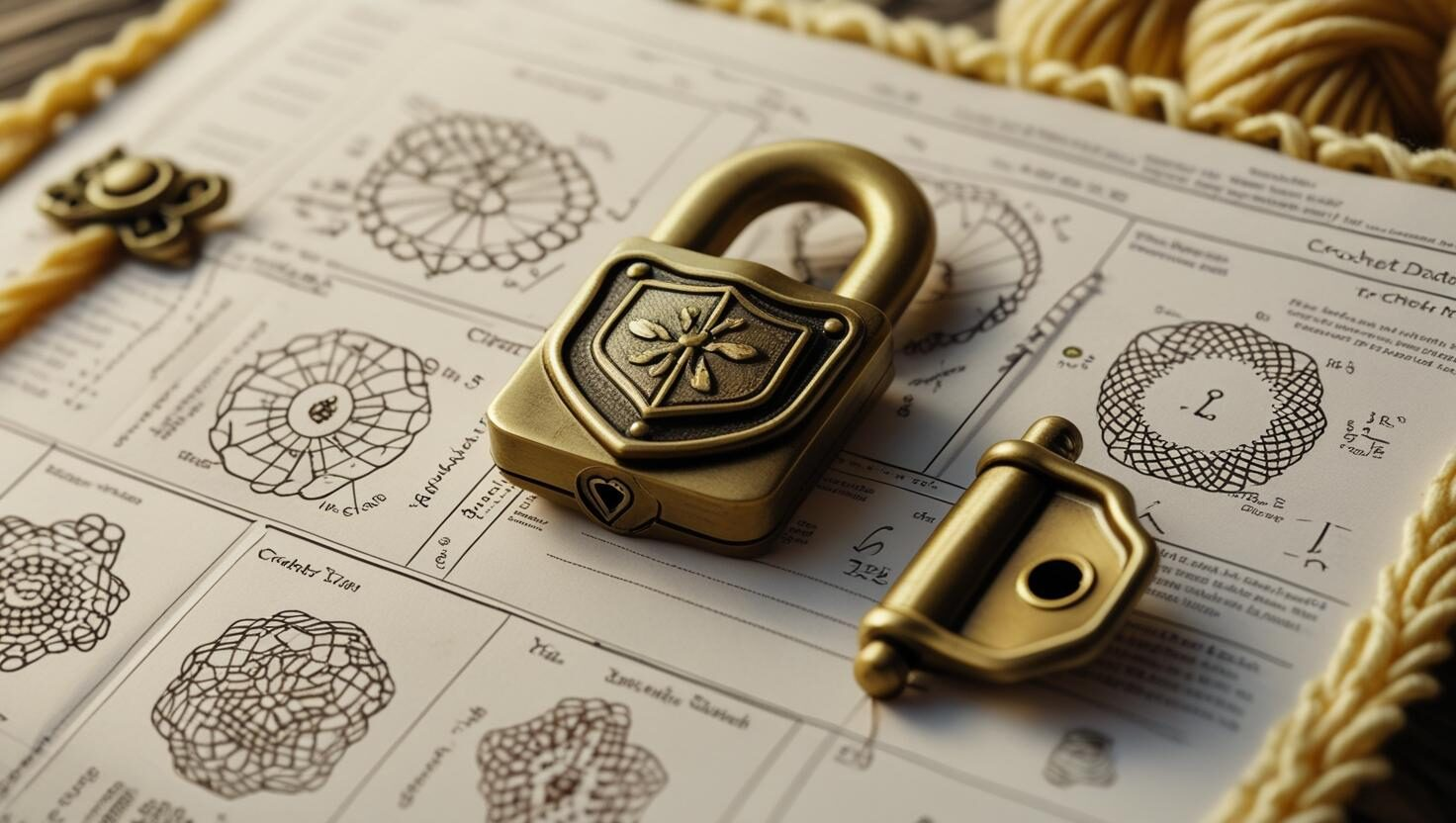
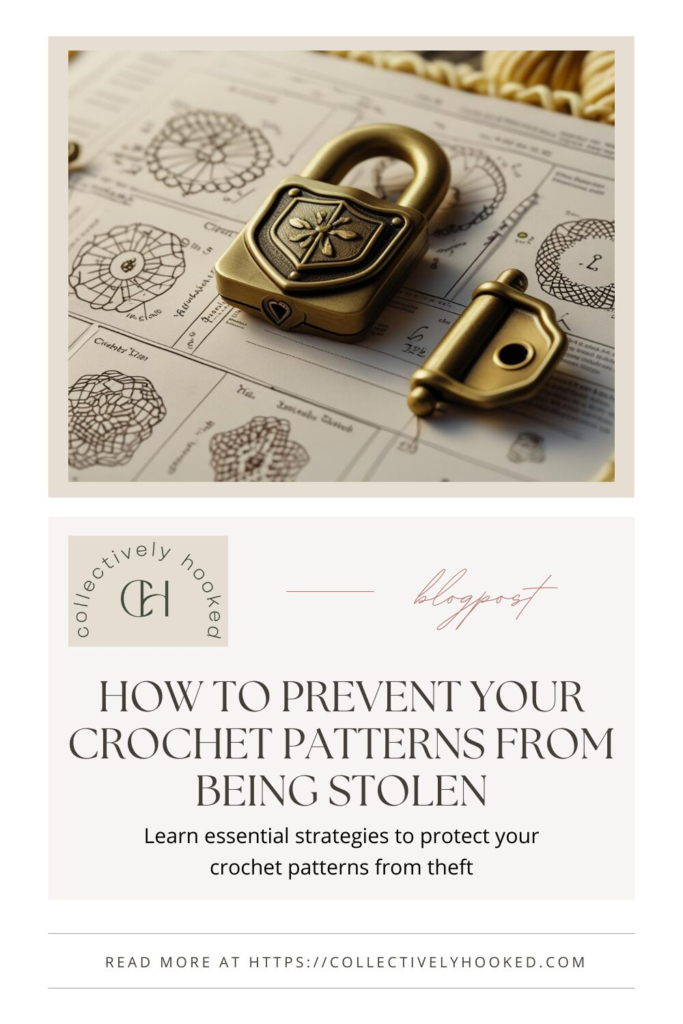
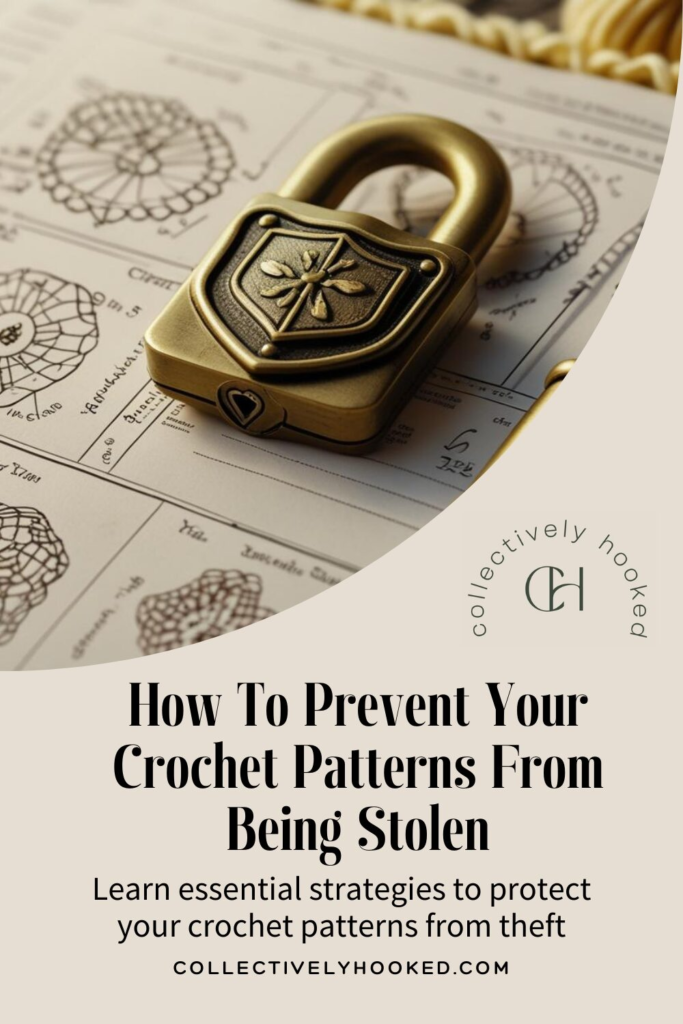
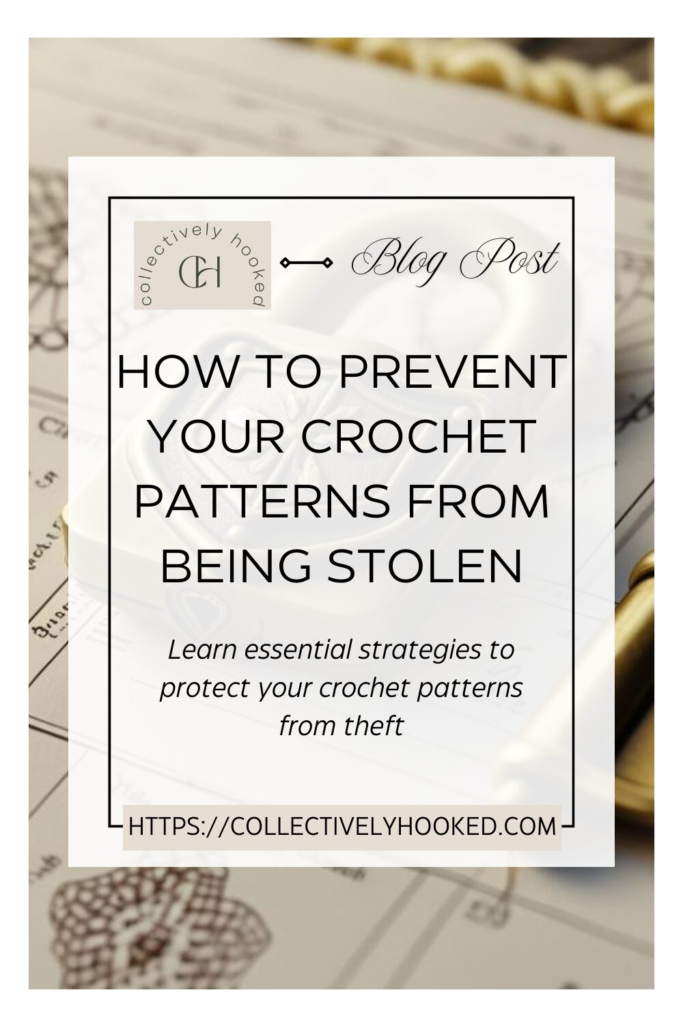
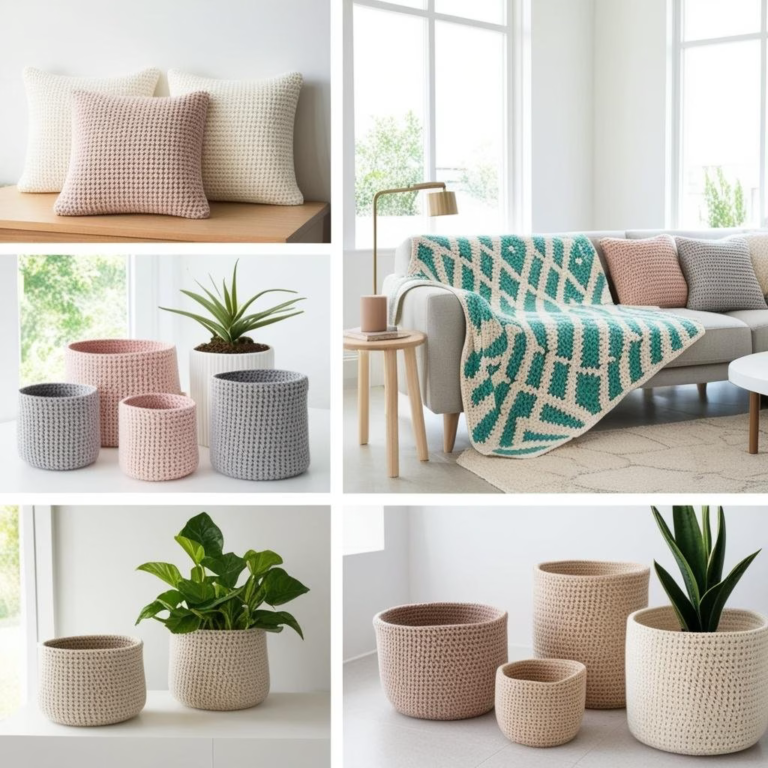
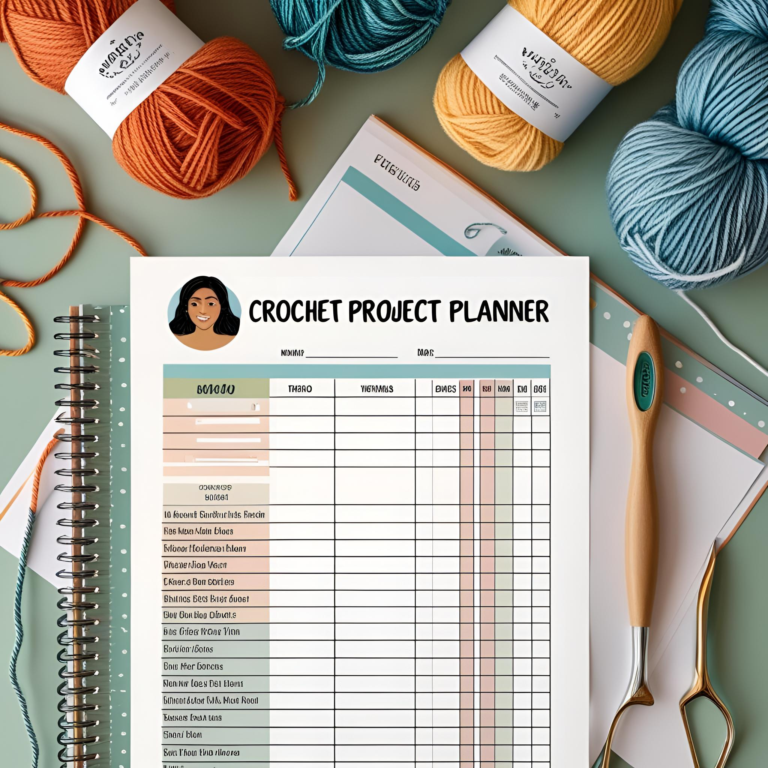
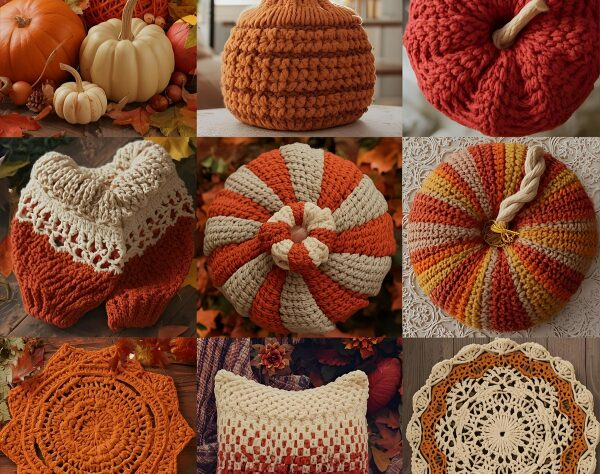
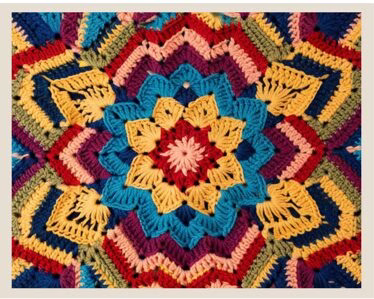
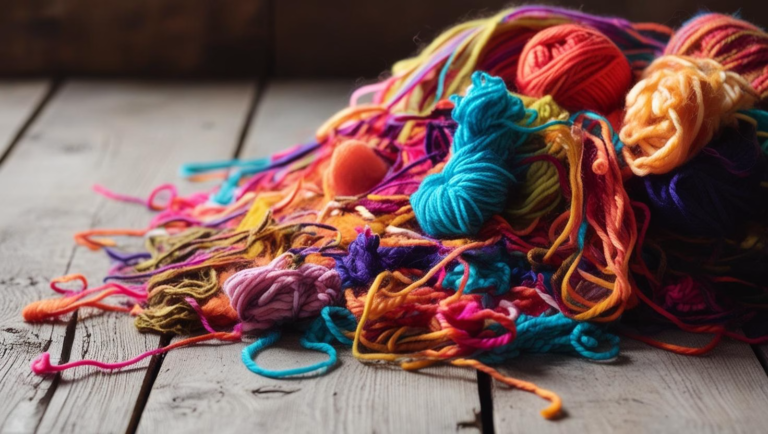
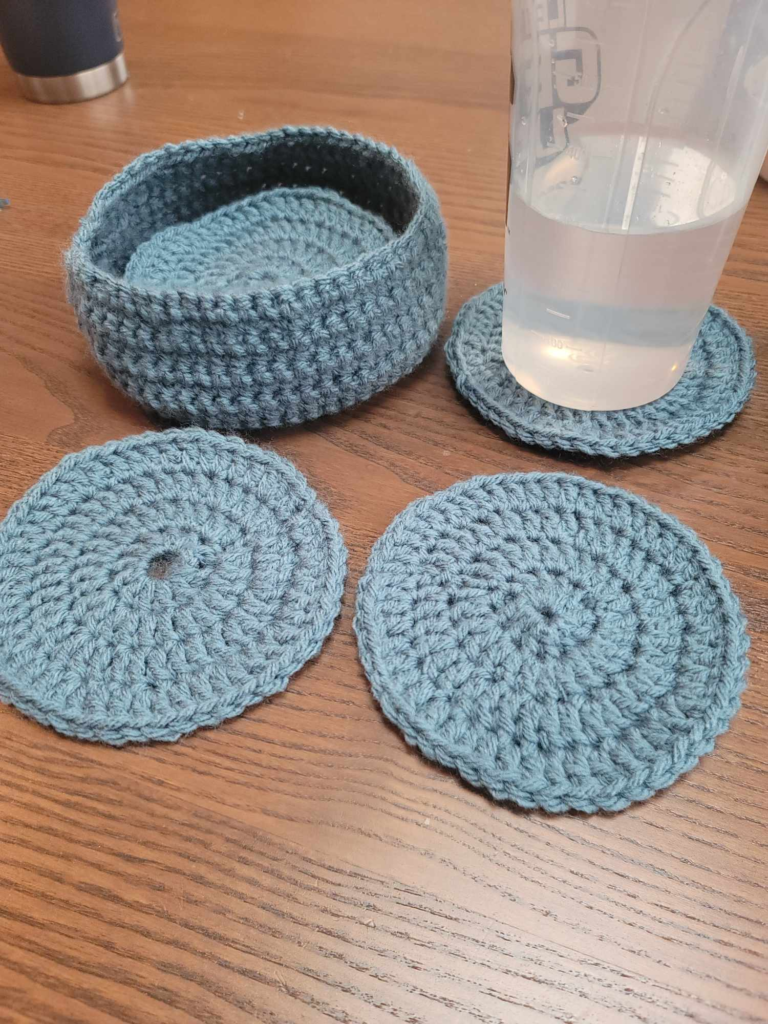
This is so cool! I would love to learn how to crochet!
It’s a wonderful craft! Definitely give it a try!
A valuable read on how To prevent a craftist’s crochet Patterns From Being stolen in my opinion. Will surely helpful for people in the crafts and designing industry!
Thank you so much for reading!
Important information for pattern makers! I never thought about this, the disable copy/paste feature is good to know to help prevent theft.
Absolutely. Things always end up happening somehow but we can try to not make it easy!
This is such an insightful post for my daughter, Kimberly! Thank you for shedding light on the important issue of crochet pattern theft.
You’re welcome! It’s frustrating, but if we all work together we can slow the nonsense down and hopefully stop it together.
Especially with AI stealing ideas too. It might be a slightly different medium but I’ve heard of artists putting their name in the artwork so AI can’t replicate that. The watermarks are a great idea for photos.
Yes! AI will be here for a while, so we need to protect our intellectual property so it can be traced back to the original owner.